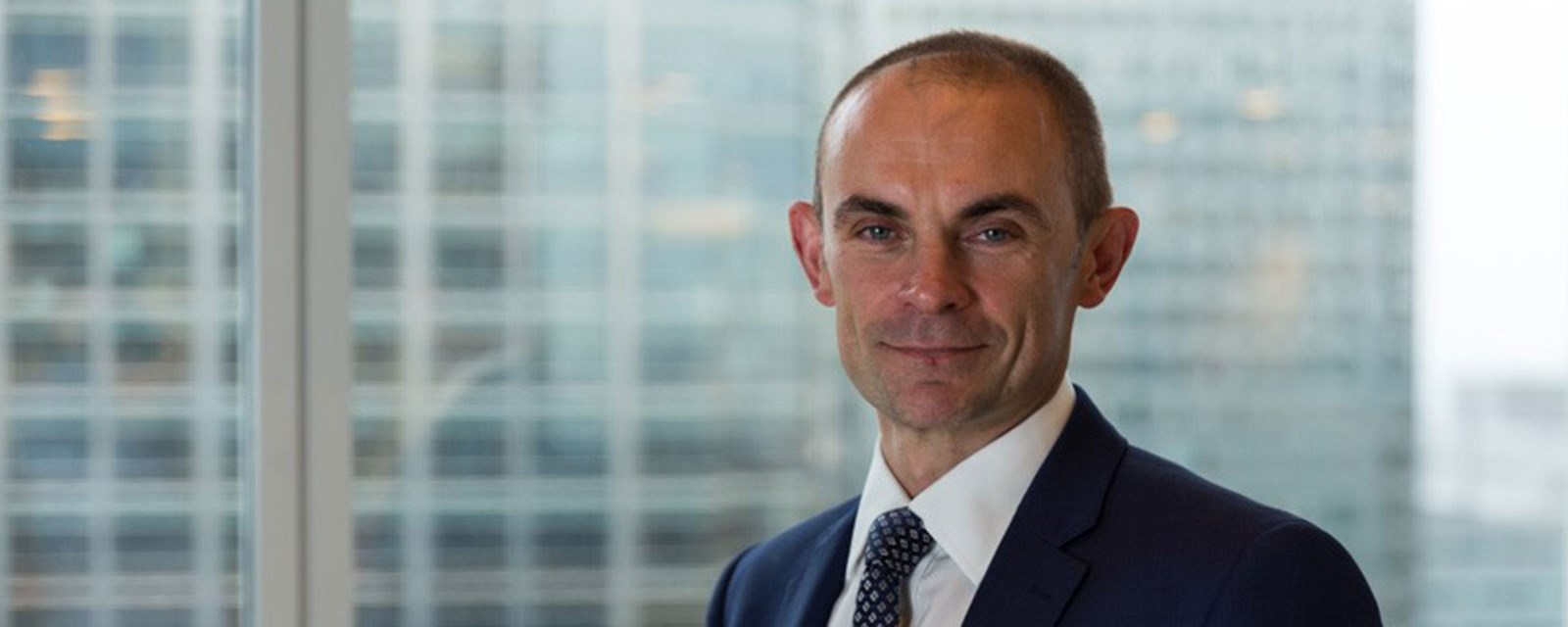
Q&A: Vice-President Mr Hamish Thomas
RSM joint Vice-President Mr Hamish Thomas joined the RSM Council in 2021 with a specific focus on helping build the vision and strategy for digital capability across all areas of the Society’s activities. Here he talks about his extensive experience in delivering digital programmes and how technology is central to the evolution of the Society.
What skills and experience from your long career in technology leadership roles do you bring to your position as RSM Vice-President?
For 30 years, I have been focused on the practical application of technology to overcome challenges and create opportunities across many businesses and sectors. In recent years, this has involved working with leaders up to board level, to define and deliver digital programmes which are engaging and accessible for users, support growth, improve risk management and reduce cost.
As well as the need to make the right choices about which technologies to use and how to deploy them, there is a commercial reality to delivering digital programmes. Technology enabled projects can be challenging. They need to be set up to answer the right questions, focused on delivering beneficial outcomes for all stakeholders, while managing delivery cost and risk.
Advising leaders on how to safely and successfully set up and deliver such programmes, by guiding informed decision-making, is at the heart of my ‘day job’. Applying this experience and lessons learned to the RSM’s own digital programme is my primary focus.
Could you describe how you are working with the other RSM Council Trustees and senior management team to support the delivery of a digital approach for the education and learning programmes at the Society?
We are working together to define a platform for the future that is adaptable to the ever-changing needs of the RSM, its members and the wider community of healthcare professionals.
It can be compared to building a house; it is vital to get the right foundations in place. That might be the right use of modern technology to host the Society’s IT systems, or the best approach to gathering, storing and using data, which provides the insight into everything from effective and efficient operations systems, to better understanding members’ and event participants’ preferences and needs.
With the right foundations in place, the Society will be able to deliver increasingly accessible and relevant learning experiences across the breadth of its diverse members and others engaging with its education programme, plus a wide distribution of geographies.
As well as enhancing experiential learning at the RSM, the Society is also considering how digital means might reduce our impact on the environment. What is your role in advising the RSM in this area?
When creating an environmentally sustainable operating model, technology has an important role to play.
First, it can be used to reduce the environmental impact of some activities, for example by going paperless, or by enhancing remote learning to reduce the travel involved in receiving education, where appropriate.
Second, technology increasingly enables gathering data and providing insight to improve our understanding of the organisation’s environmental impact. In turn that helps us make good decisions on how to reduce that impact for the benefit of members, staff, other stakeholders and society at large.
Are there lessons to be learnt by providers of continuing professional education – in healthcare and beyond – from the world of banking technology?
Banking and financial services more broadly has been undergoing digital transformation for several years, and this was accelerated by COVID-19. Banks are very focused on providing their products and services through digital channels in a way that is responsive to the needs of individuals and businesses, and delivered through engaging, user-friendly customer experiences. At the same time, they need to be robust in their response to regulatory requirements and run efficient operations using modern technologies.
The experience and lessons learned from building digital solutions that are accessible, user-friendly, secure and cater to a broad spectrum of individuals and businesses, across wide geographies, can all be applied to the delivery of rich and engaging education programmes to diverse, widely spread groups of people.
Looking forward to the next few years, are there any specific priorities you wish to pursue during your time as RSM joint Vice-President?
I believe there is a great opportunity for the RSM to reach more people with the education and information that is of most interest and value, delivered in a way that suits them, through practical application of digital technology. This is something I find particularly interesting. It can be done in concert with, and to amplify, established programmes of in-person teaching, conferences, e-learning and webinars, as part of an integrated strategy to deliver the best of the RSM’s resources to all stakeholders, members and the wider community of healthcare professionals.
I am particularly impressed by the multi-disciplinary nature of the RSM’s activities, promoting ‘cross-pollination’ of thinking, diversity of thought and stimulating innovation. For me, this is something that is unique to the RSM that we can drive to increasingly benefit our members and the wider healthcare community in line with our charitable purpose.
